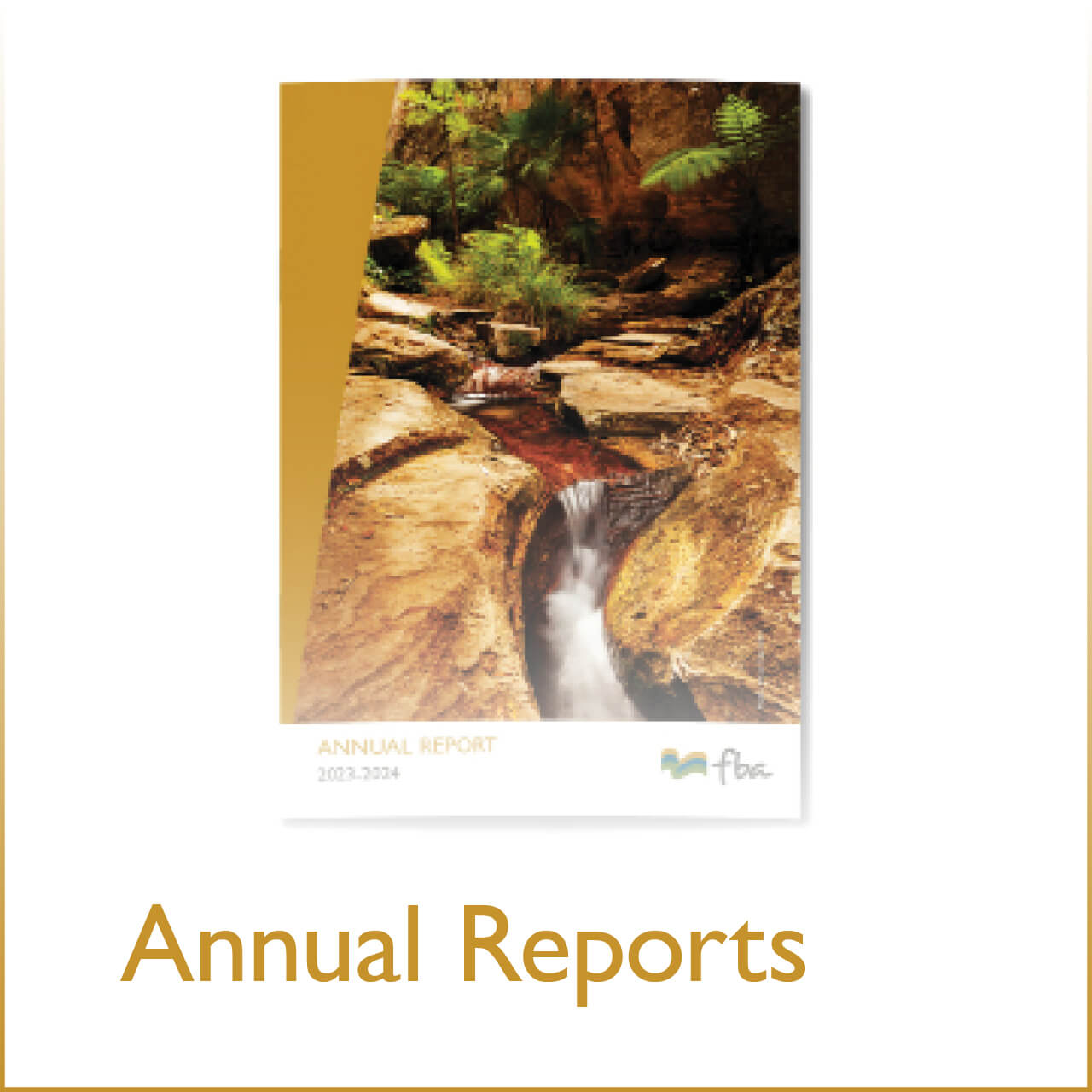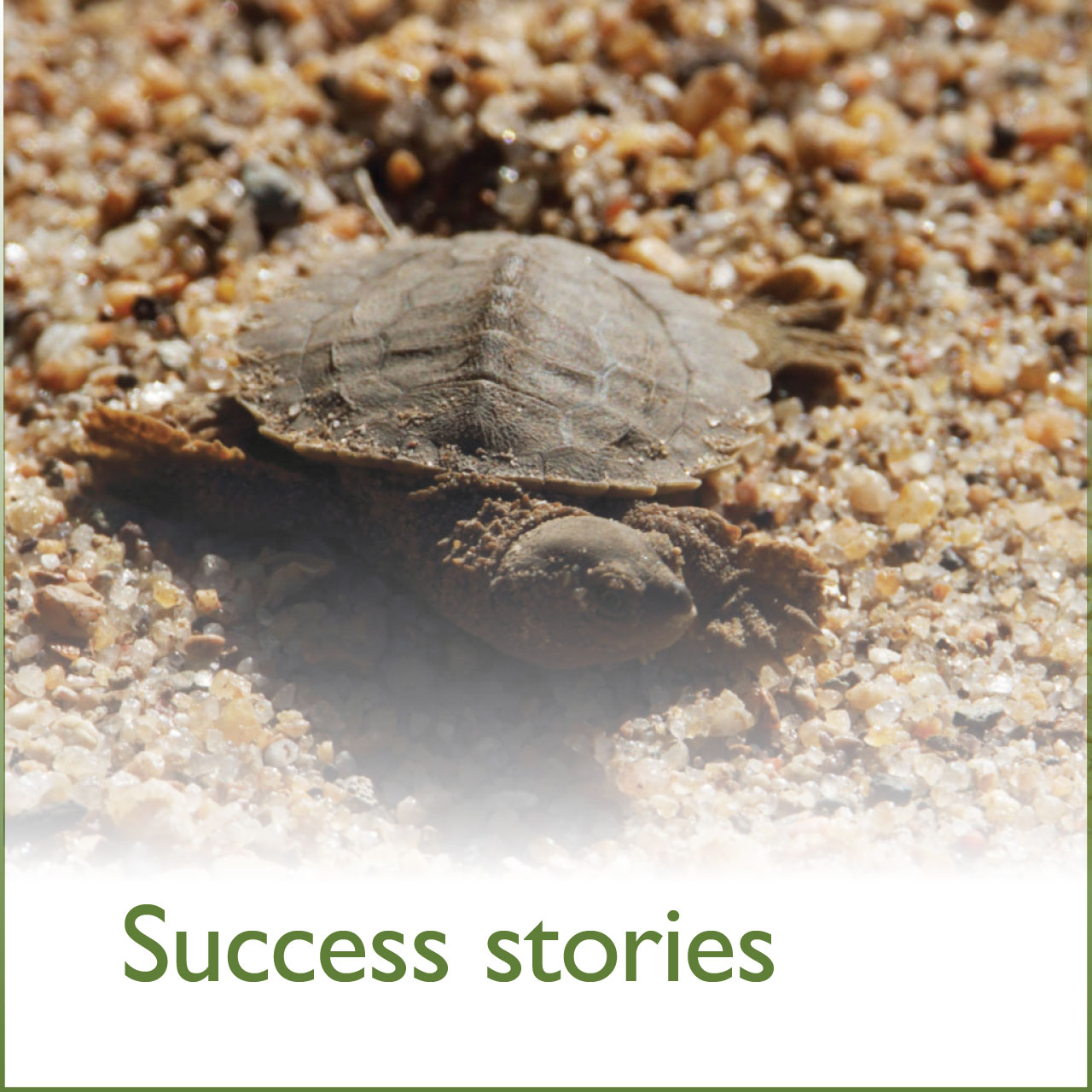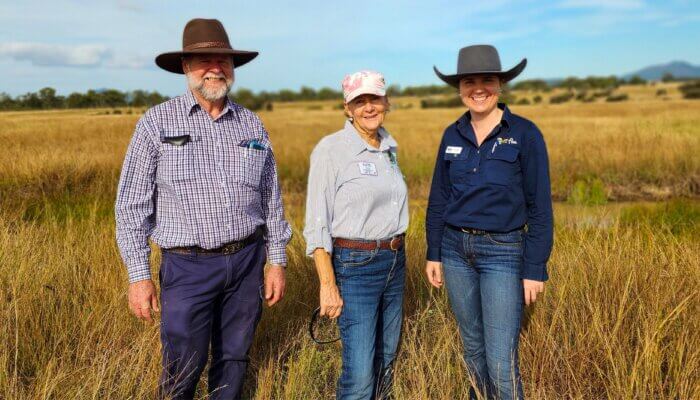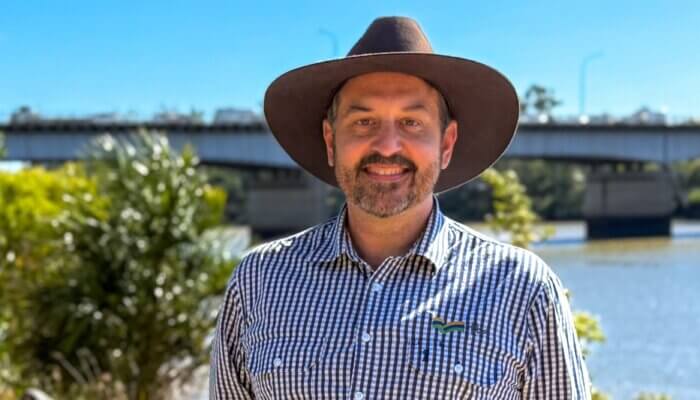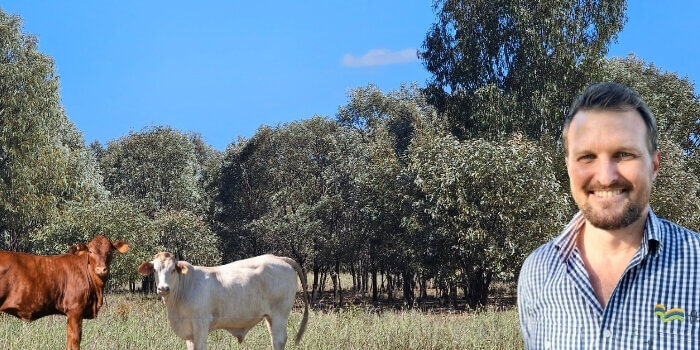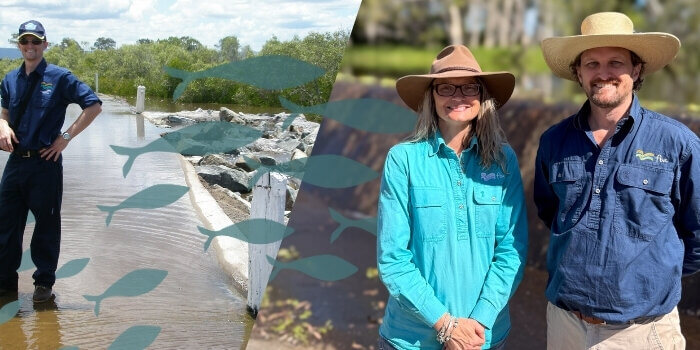Home > Our Region > Plants and animals > Native animals > Special Animals
Explore our interactive map to learn more
Special animals
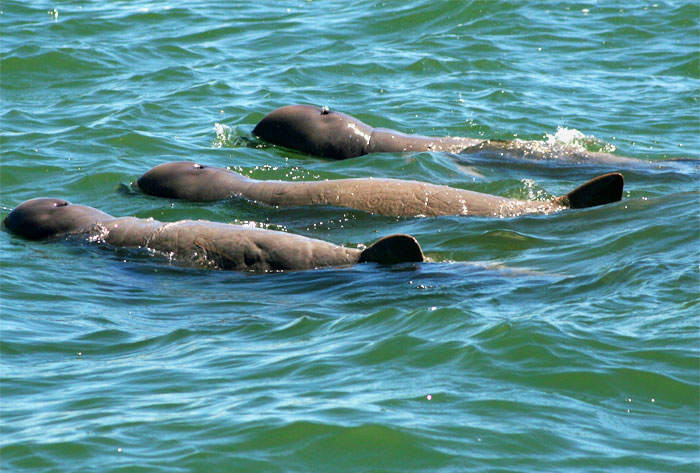
Australian Snubfin Dolphin
The Australian snubfin looks a bit different to other Australian dolphins, with its distinctive rounded forehead and small ‘snubby’ dorsal fin. They vary in colour across their body from dark to light brown and white and grow to between 1.5 and 2.7m in length.
Read More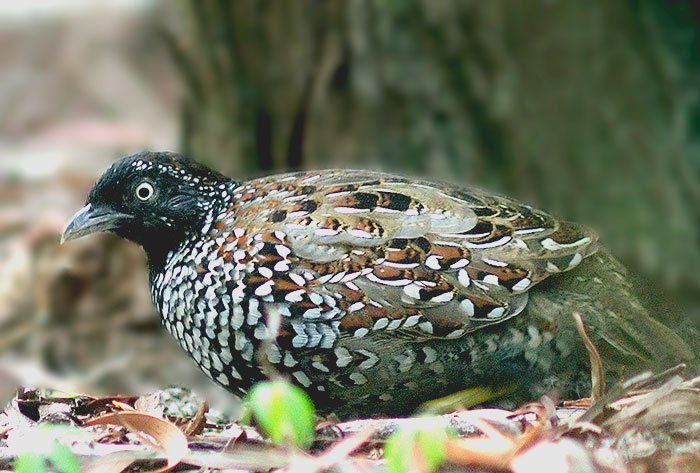
Black-breasted Button-quail
Large and plump, the black-breasted button quail grows up to 19cm in length. It has three forward-facing toes and no hind toe (different from true quails).
Read More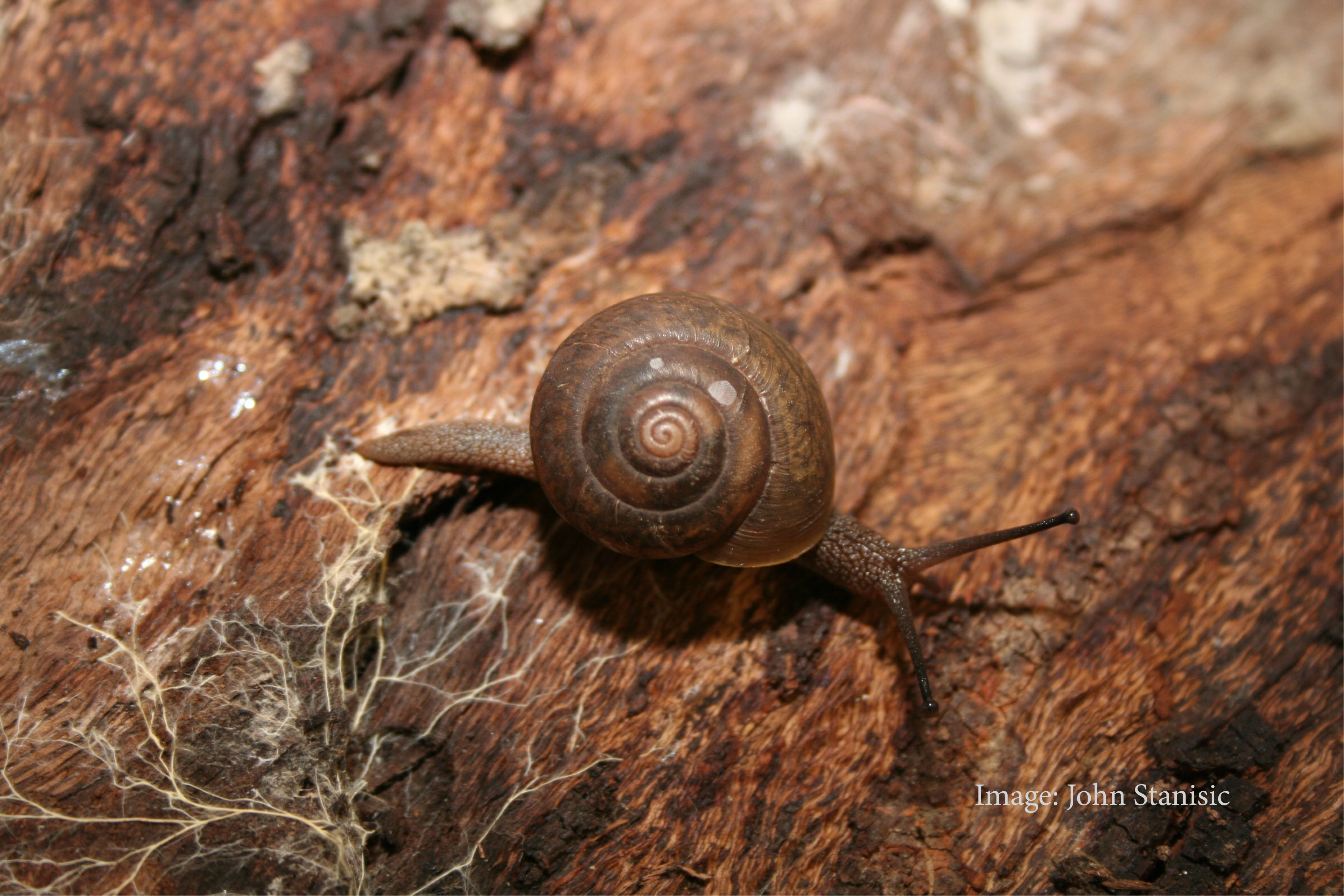
Boggomoss Snail
The boggomoss snail is a medium-sized snail characterised by a relatively thin, semitransparent shell.
Read More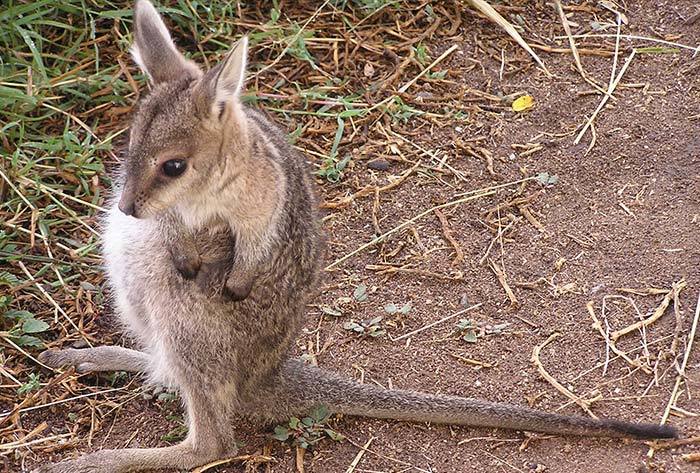
Bridled Nailtail Wallaby
Bridled Nailtail Wallabies are macropods. Macropod means big foot (all the better for hopping with!). Macropods are marsupials in the family Macropodidae, including kangaroos, wallabies, tree-kangaroos, bettongs, potaroos and pademelons.
Read More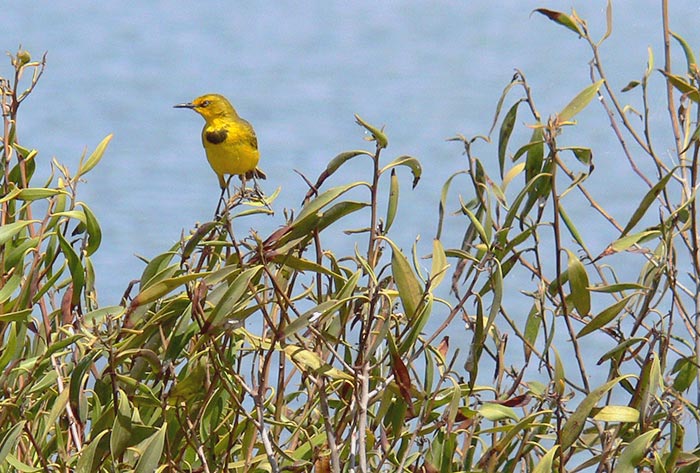
Capricorn Yellow Chat
Capricorn Yellow Chats feed, nest and breed at Twelve Mile Creek, just south of Rockhampton, not far from Marmor.
Read More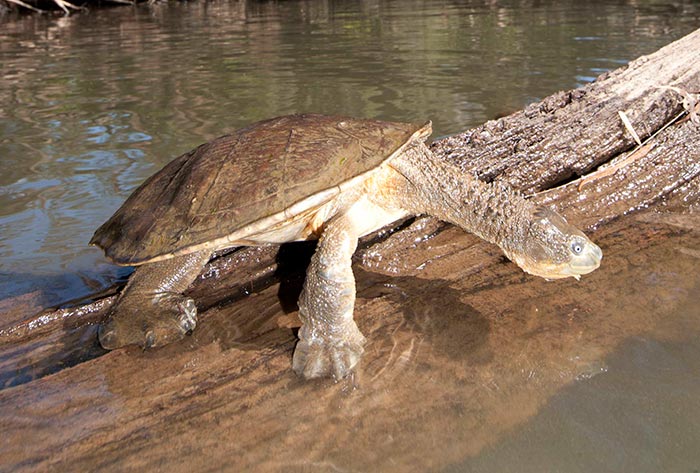
Fitzroy River Turtle
Fitzroy River turtles grow up to 25 centimetres long, are oval-shaped, are medium to dark brown in colour (with darker blotches) and have distinctive white eyes.
Read More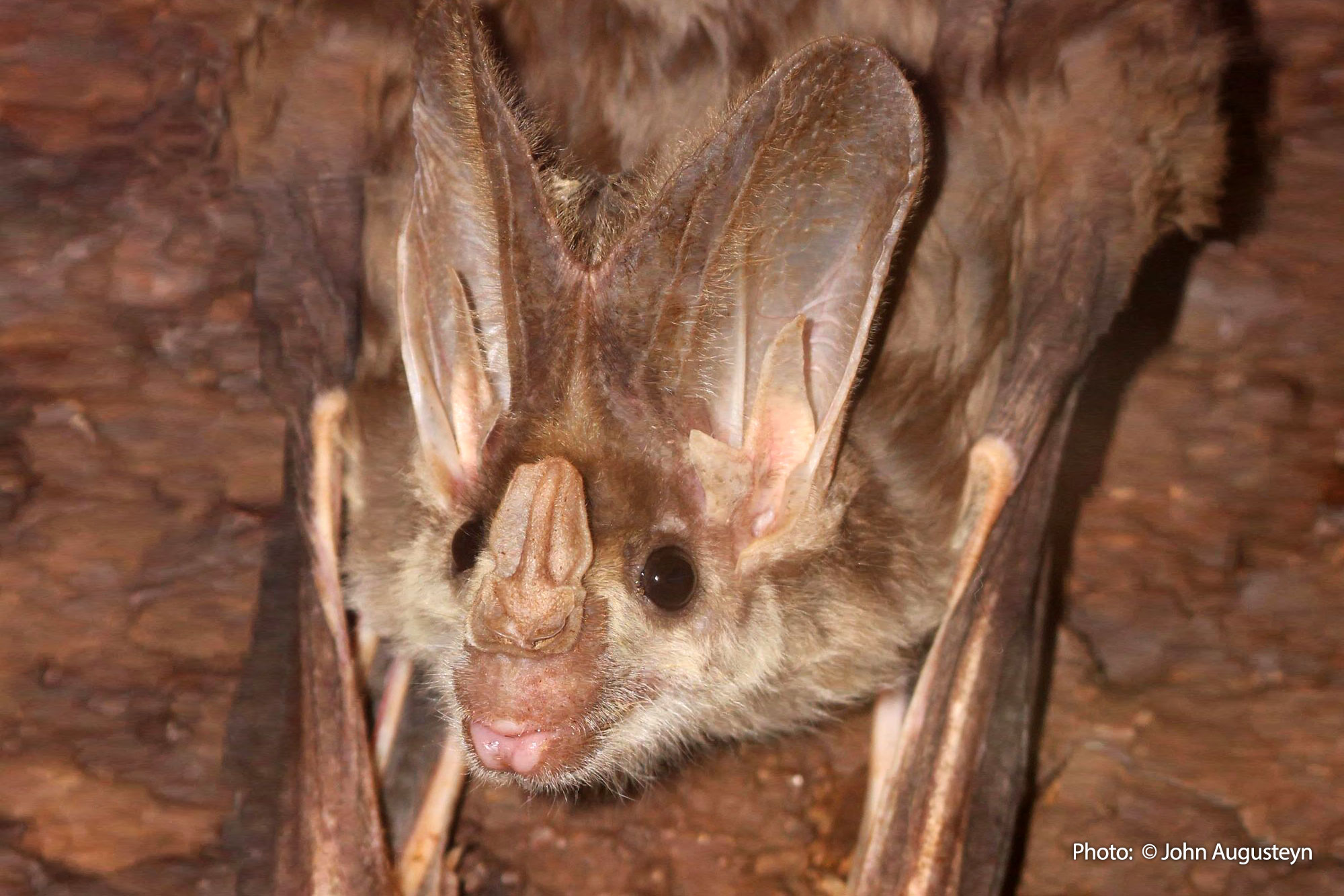
Ghost Bats
Endangered under Queensland’s Nature Conservation Act 1992 and Vulnerable under Australia’s Environment […]
Read More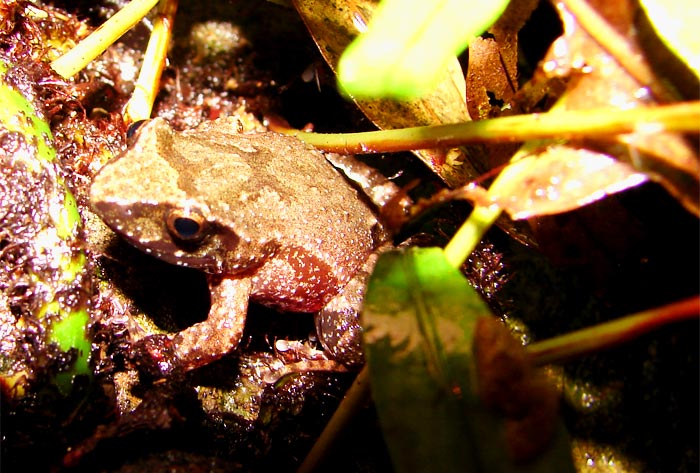
Kroombit Tinkerfrog
These small frogs grow to about 25mm in length and can be identified by an X-shaped patch between its shoulders. Its body is greyish with brown specks, and yellowish back legs. It has darker grey spots between the eyes and a rounded nose.
Read More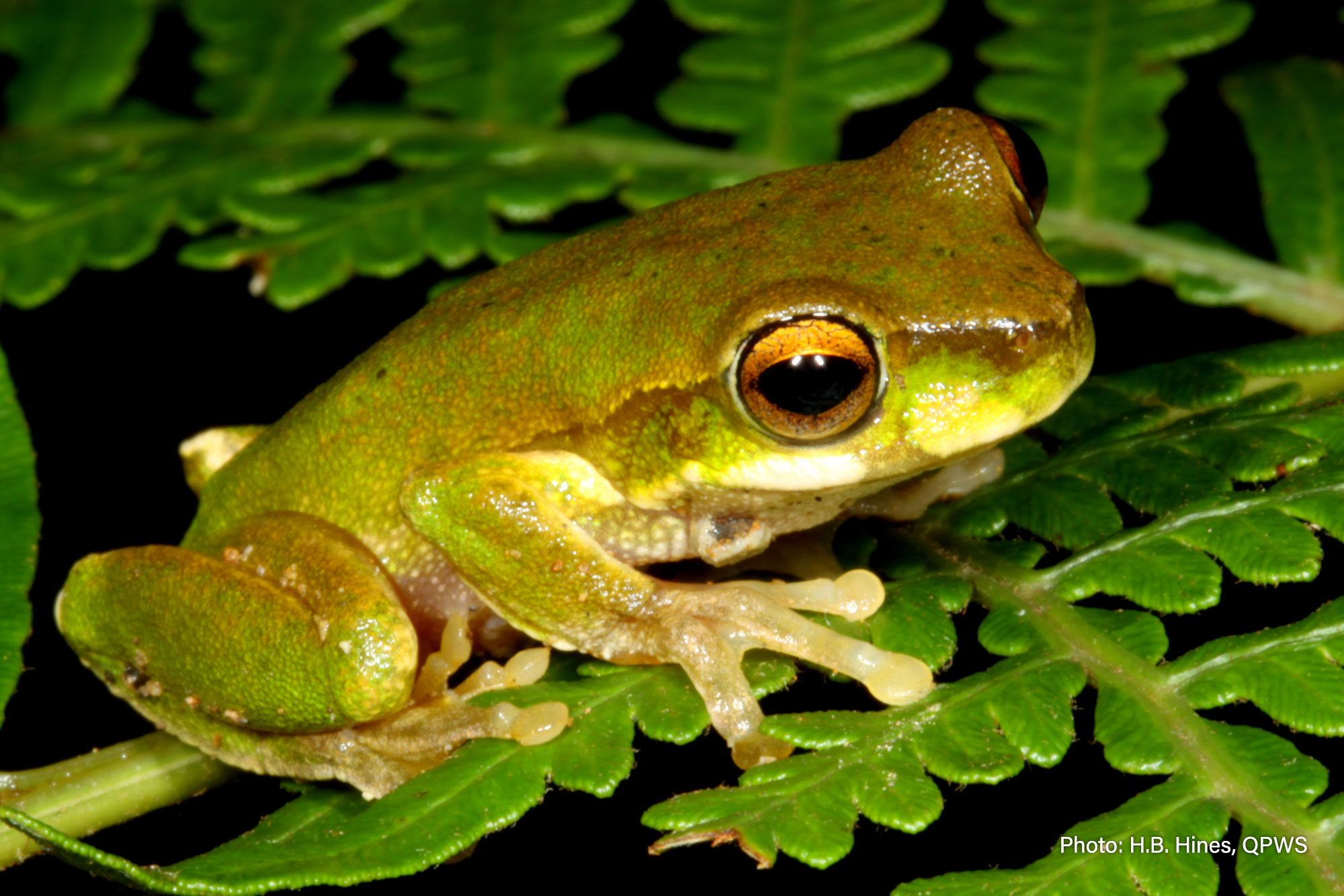
Kroombit Treefrog
Endangered under Queensland’s Nature Conservation Act 1992 and nominated as Critically Endangered under Australia’s […]
Read More




